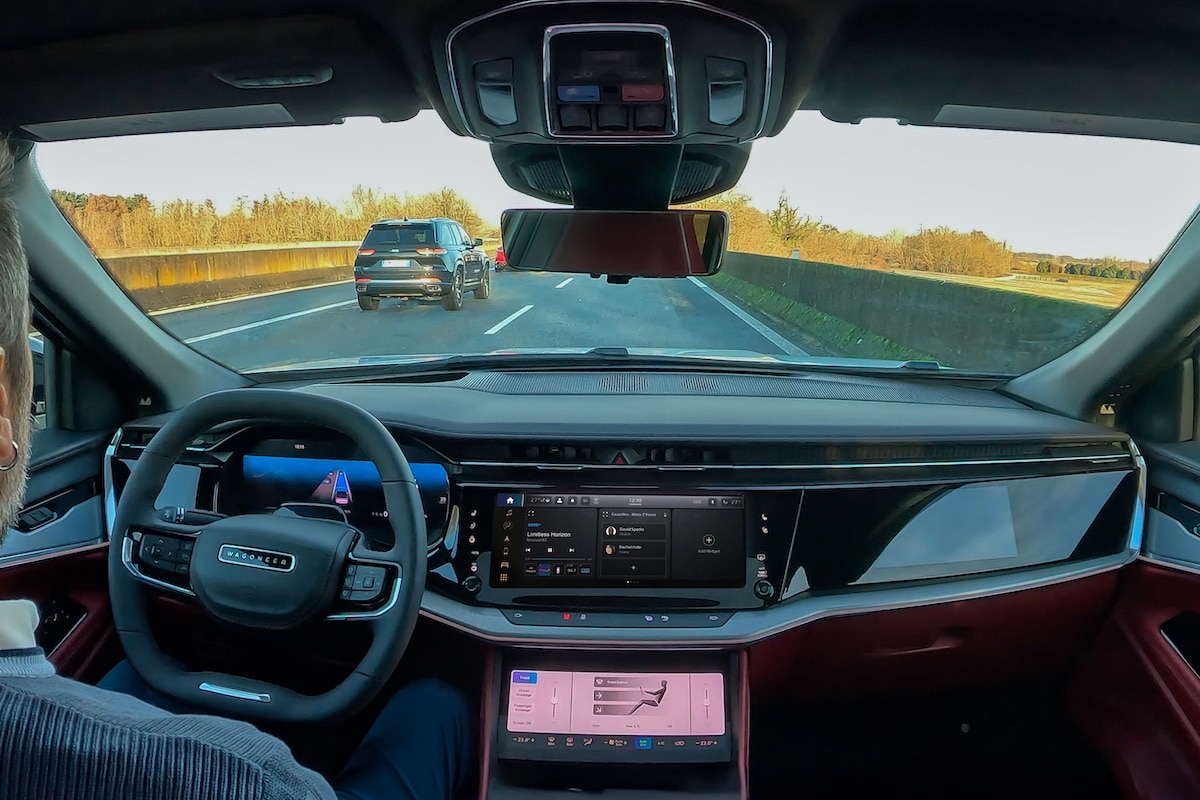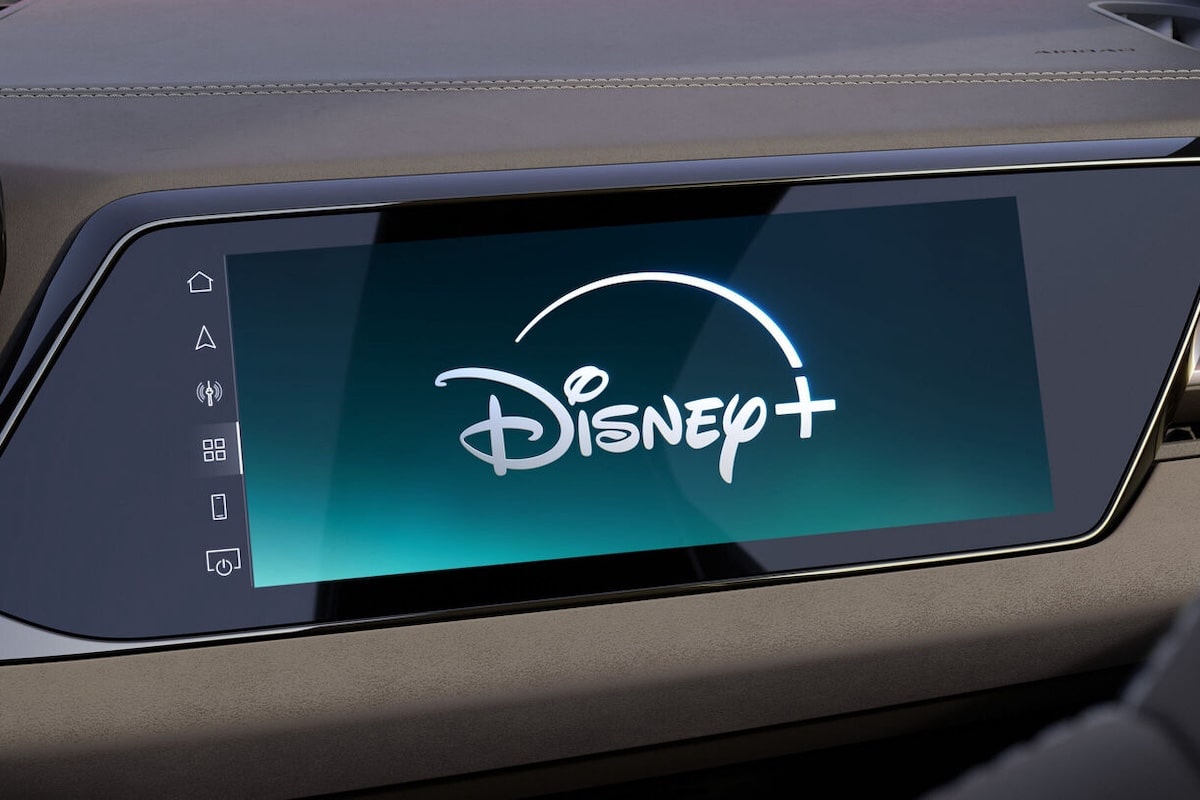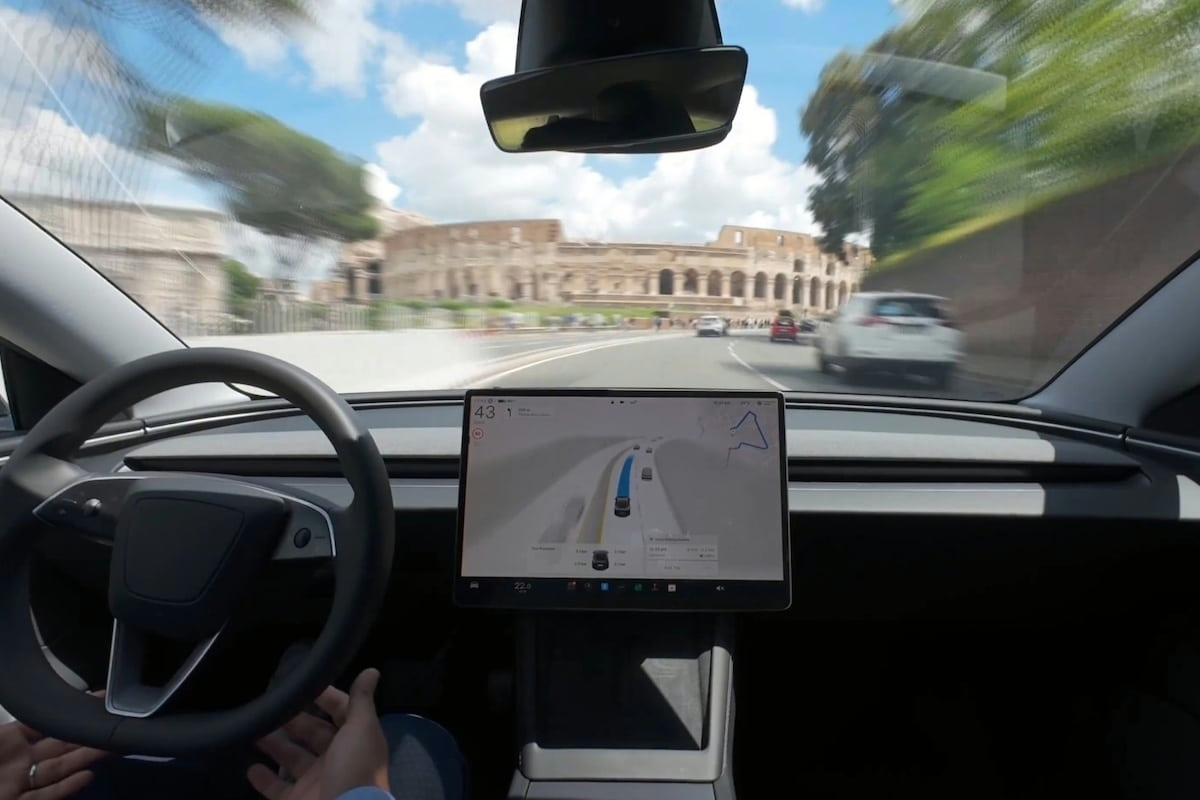Does Stellantis’ autonomous driving have a chance against Tesla?

Stellantis unveiled this week its automated driving system STLA AutoDrive, marking an important milestone in its technological strategy.
The Stellantis system offers SAE level 3 autonomous driving features up to a speed of 60 km/h, allowing the driver to fully delegate driving in certain conditions, even at night or in degraded weather. For higher speeds, it provides level 2 and 2+ functions such as adaptive cruise control, lane centering, and highway driving with hands-free operation.
In comparison, Tesla’s FSD (Full Self-Driving) system presents a much more ambitious approach, aiming for fully autonomous driving. Currently, FSD has a significant lead and mainly operates as an advanced driver assistance system (SAE level 2) with capabilities such as autonomous highway navigation, automatic lane changes, and full stop at intersections. However, Tesla is actively working to expand FSD’s features to reach true levels 4 or 5. Elon Musk announced that Tesla will launch its very first “driverless” robotaxi service in the United States in June 2025, starting in Austin, Texas. These autonomous taxis, mainly composed of Model 3 and Model Y, will operate without a driver on board but will be monitored remotely by teleoperations teams.
STLA AutoDrive stands out for its scalable design, prepared to incorporate updates and potentially reach speeds of up to 95 km/h as well as off-road capabilities. Advanced sensors ensure precise environment recognition even under challenging lighting or weather conditions. Tesla, on the other hand, mainly relies on its network of cameras and an artificial vision-based ecosystem supported by a powerful AI system, avoiding the use of LIDAR or radar.
Tesla’s Bulldozer versus Stellantis’ Flexibility
In terms of user experience, STLA AutoDrive takes a more pragmatic approach than “bling bling,” despite Tesla’s claims, aiming to optimize driver comfort in dense urban environments, allowing them to spend time on other activities during commutes. Tesla FSD, meanwhile, targets all types of trips while requiring constant supervision by the driver. Ultimately, Tesla aspires to enable full autonomy (level 5), allowing passengers to sleep or read during trips, but this depends on legislative approval.
STLA AutoDrive and Tesla FSD actually represent two visions of the future of automated driving. While Tesla focuses on an AI-based approach to achieve full autonomy, Stellantis adopts a modular and progressive development with particular attention to immediate user comfort. In summary, Tesla appears more technologically advanced thanks to its ambitious vision and Robotaxi projects, but Stellantis offers a pragmatic and safety-oriented approach suitable for current needs.
READ ALSO: An autonomous Tesla Cybertruck crashes into a lamppost!
This page is translated from the original post "La conduite autonome de Stellantis a-t-elle une chance face à Tesla ?" in French.
We also suggestthese articles:
Also read






